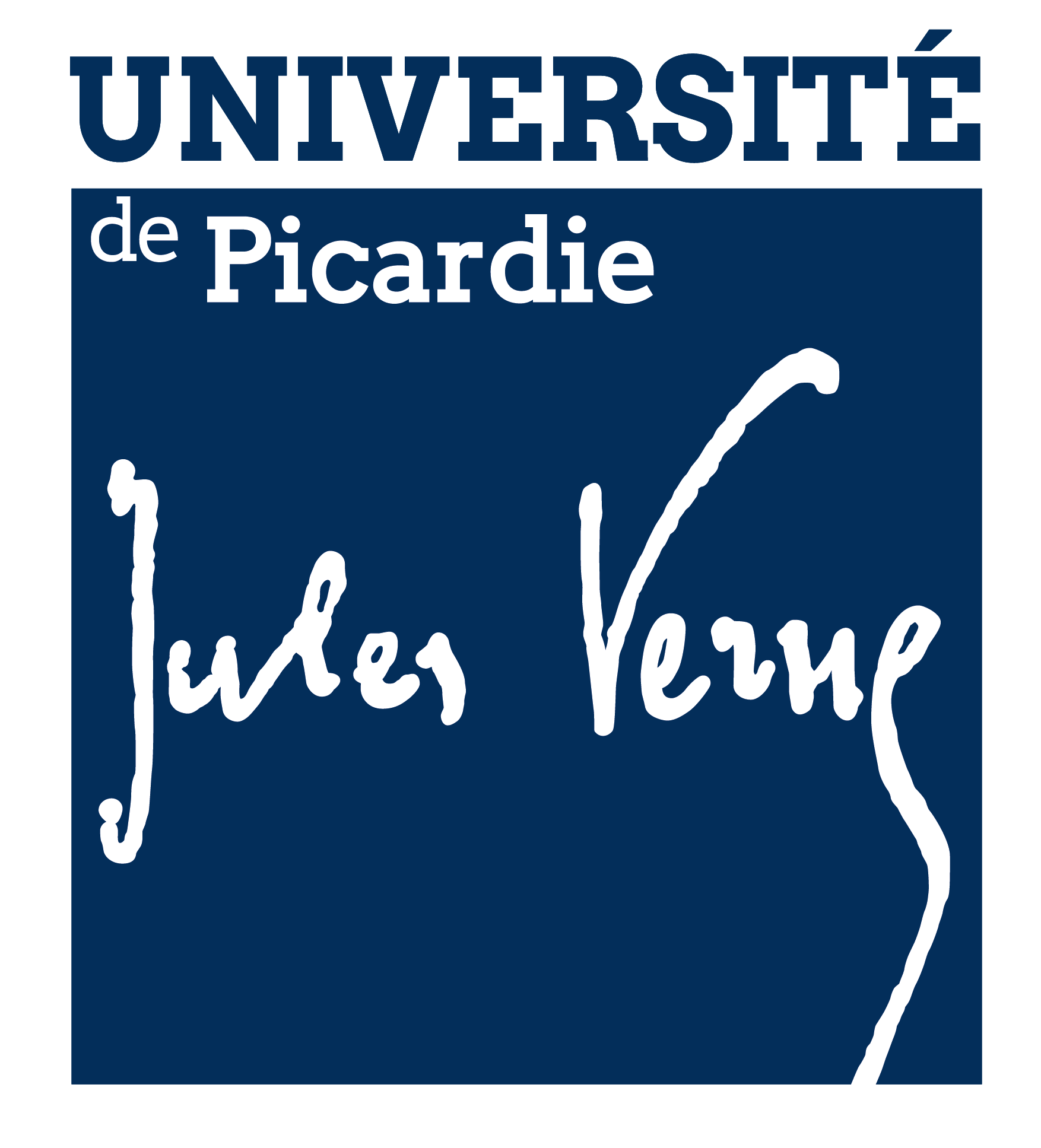Protocol for fever control using external cooling in mechanically ventilated patients with septic shock: SEPSISCOOL II randomised controlled trial
Résumé
Introduction Fever treatment is commonly applied in patients with sepsis but its impact on survival remains undetermined. Patients with respiratory and haemodynamic failure are at the highest risk for not tolerating the metabolic cost of fever. However, fever can help to control infection. Treating fever with paracetamol has been shown to be less effective than cooling. In the SEPSISCOOL pilot study, active fever control by external cooling improved organ failure recovery and early survival. The main objective of this confirmatory trial is to assess whether fever control at normothermia can improve the evolution of organ failure and mortality at day 60 of febrile patients with septic shock. This study will compare two strategies within the first 48 hours of septic shock: treatment of fever with cooling or no treatment of fever. Methods and analysis SEPSISCOOL II is a pragmatic, investigator-initiated, adaptive, multicentre, open-label, randomised controlled, superiority trial in patients admitted to the intensive care unit with febrile septic shock. After stratification based on the acute respiratory distress syndrome status, patients will be randomised between two arms: (1) cooling and (2) no cooling. The primary endpoint is mortality at day 60 after randomisation. The secondary endpoints include the evolution of organ failure, early mortality and tolerance. The target sample size is 820 patients. Ethics and dissemination The study is funded by the French health ministry and was approved by the ethics committee CPP Nord Ouest II (Amiens, France). The results will be submitted for publication in peer-reviewed journals. Trial registration number NCT04494074 .
| Origine | Publication financée par une institution |
|---|



